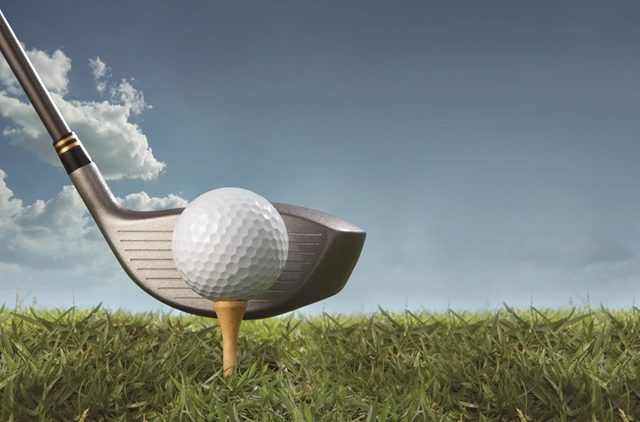Embrace the ‘Texas Wedge’
You may be familiar with the golfing mantra “your worst putt is always better than your worst chip” – if you aren’t, in layman’s terms it means that from a position off the green, if you were able to compare your ‘worst chip shot’ against your ‘worst putt’ – the better result would be with your putter.
With this in mind, I want to explain the ‘Texas-wedge’ shot and encourage you to practice it so that you can opt to play it with a degree of confidence should you deem it to be the correct play. The so-called ‘Texas-wedge’ shot is played with the putter from off of the putting surface. It is considered a low-risk option as it eliminates the possibility of ‘thin’ or ‘chunky’ strikes that often happen with using a wedge in a pressurised situtation.
Even though tour professionals have ALL the shots in their bag, you will often see them opting to use their putter from off of the green. They do so after having weighed up all shot options available but ultimately deem the ‘Texas-wedge’ to be the shot that offers them the highest percentage of success.
When to play the ‘Texas wedge’ and how to execute it!
- Your ball lies off the putting surface – there are no bunkers or hazards between your ball and the flag and the way the ball is lying increases the chance of hitting it ‘thin’ or
- ‘chunky;
- There’s more fairway or fringe than green to work with, e.g. your ball is 30 feet from the hole (20 feet of fairway and 10 feet of putting surface). Rolling the ball all the way is an easier option than attempting to land the ball in the precise spot in the fringe or on the green itself.
- There’s a definite slope between your ball and the hole (either up or down) thus making selecting the correct landing spot for a chip shot more difficult. The ‘Texas wedge rolling shot’ reduces the level of difficulty and guesswork
- Your ball sits down slightly in greenside/fringe rough. Playing the ‘Texas wedge’ is still an option with a minor technique adjustment = move the ball position slightly further back in your stance to create a ‘steeper’ angle of attack into the ball.
It is important to note the colour of the grass when looking from your ball towards the hole:
- If the grass appears shiny, it’s a signthat the grain is lying in that direction. This indictes that the ball will roll relatively fast over that surface, however, if the grass looks dark it’s a sign that the grain is facing you and the shot will need to be hit harder to have sufficient momentum to get through it.
- There will be occasions when you look at the hole and you will see a mixture of shiny and dark grass – with practise you will quickly become adept at working out the combination of speeds required and therefore how hard the shot needs to be hit to achieve a successful result.
Technique:
- Position the ball as you normally would with your putter
- Set 60 percent of your weight forward to ensure a solid strike
- Allow the putter to move and accelerate through the ball
- Use no wrist action in this putt along with a “short-to-long” stroke to keep the putter head moving through the ball
- Keep head still until after the strike.
There is no substitute for practise – I guarantee that after 30 minutes practising from a variety of situations surrounding the green, you will begin to:
- Develop a feel and understanding of how to play the shot
- Improve your consistency in how hard to strike the ball given what lies between your ball and the hole
Suprise yourself in how successful the ‘Texas wedge’ shot can

